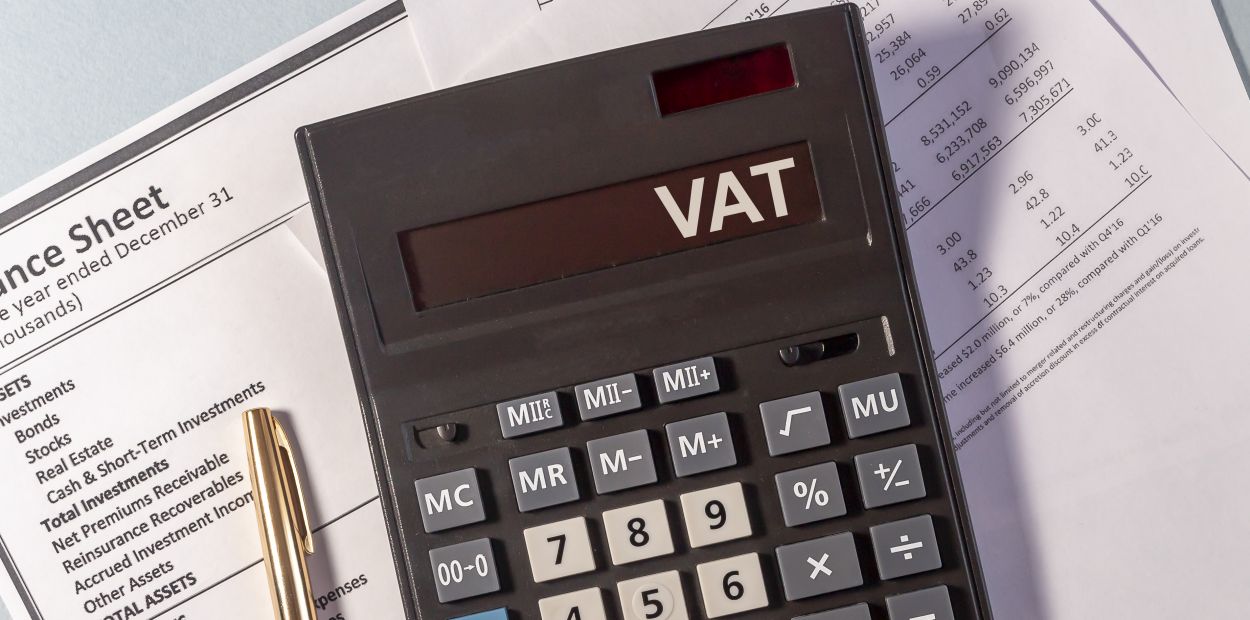
If a company generates more than CHF 100,000 in taxable sales, it becomes liable for VAT in Switzerland. This also applies to foreign companies if they generate part of their sales here. Swiss VAT can be settled according to two methods: According to the effective method as well as the balance tax rate method. In this article we explain the two methods, their advantages and disadvantages, and how you can change your accounting method.
In the effective method, the company declares the turnover achieved in the quarter and deducts VAT paid, also called input tax, from it. After the end of the quarter, the company has 60 days to submit the statement or an extension of the deadline.
Example: The company Traumhäuser AG generates sales of CHF 100,000 in Switzerland in the first quarter of 2022. Its tax liability is therefore (CHF 100,000 * 7.7%) CHF 7,700. In the same quarter, it makes investments (office furniture and materials, laptops, internet invoices) in the amount of CHF 25,000. Since all investments include 7.7% VAT, the company receives a credit of (CHF 25,000 * 7.7%) CHF 1,925 for this.
So at the end of the first quarter, the company has a total debt to the tax administration of CHF 7'7000 - CHF 1'925 = CHF 5'775.
Advantages:
+ in case of high investments, the VAT debt decreases
+ purchase taxes are neutral to the result
+ more accurate calculation of expenses, as input taxes are taken into account.
Disadvantages:
- Time-consuming
- High administration effort, since input taxes must always be booked
- Higher accounting frequency (4 times per year) increases the expenses
The balance tax rate was created for small and medium-sized companies and reduces the administrative effort. With this method, tax liability is calculated semi-annually at a flat rate from sales. No input taxes can be deducted. Also with this method, a statement or extension must be filed within 60 days of the end of the six-month period.
Example: The company Online-Werbung GmbH generates sales of CHF 45,000 (incl. 7.7% VAT) in Switzerland in the first half of 2022. With a flat rate of 5.9%, the tax liability to the tax administration is therefore (CHF 45,000 * 5.9%) CHF 2,655.
Each industry has its own balance tax rate. It is important that invoices to customers are still issued with the normal VAT rates. In addition, there are the following conditions for the balance tax rate method to be applied:
Advantages:
+ Less administrative effort
+ Less time-consuming thanks to fewer settlements (2 times per year)
+ Simpler accounting, since input tax does not have to be booked
+ Financially advantageous if expenses are below the industry average
Disadvantages:
- Less accurate
- Only possible up to certain limits
- Purchase taxes must be paid (large negative consequences possible)
A change of methods is possible on January 1 of each year. However, the effective method can only be changed every 3 years (i.e. it must be maintained for at least three years), while the balance tax rate can be changed to the effective method every year. An application for a change is made in writing and must be submitted to the Federal Tax Administration no later than 60 days after the beginning of the tax period.
Would you like to find out more about the different accounting methods and which method is best suited for your company? Contact us now! We will be happy to explain everything you need to know about this in a no-obligation initial meeting and work with you to find the ideal solution for your company.
Taxes are an important topic in Switzerland. The differences, regionally and in the way of taxation, are often discussed. It is precisely these differences that are worth taking a closer look at. Because with clever tax planning, you can save several thousand francs per year. Find out here how you can also sustainably reduce your tax burden with the most important starting points.
If a company generates more than CHF 100,000 in taxable sales, it becomes liable for VAT in Switzerland. This also applies to foreign companies if they generate part of their sales here. . In this article we explain the two methods, their advantages and disadvantages, and how you can change your accounting method.
Foreigners residing in Switzerland and cross-border commuters pay tax on their income directly at source. This means that their taxes are deducted directly from their wages each month. Employers must take care of the declaration and payment of taxes to the authorities.
Real estate is always in high demand in Switzerland, but the market has rarely been as favorable for sellers as it is now. If you make a profit from selling your property, the cantons impose a toll known as the real estate gains tax. Here we explain everything you have to know.
The participation exemption in Switzerland can provide tax relief for companies that receive participation income from subsidiaries. Zürcher Treuhand tells you what you need to know about the participation exemption.
Switzerland is one of the wealthiest countries in the world — 15.7% of the adult population are millionaires, putting the country far ahead globally. This makes Switzerland an attractive destination for expats. Foreigners planning a move to Switzerland should be aware of the following tax obligations.